A bog garden is a great alternative to a pond. The difference between them is that one is a pool of standing water while the other is a patch of slow-draining, waterlogged soil that mimics natural bog conditions. “Bogland is exciting because it’s a transitional habitat, linking the wet and dry ecosystems within a landscape,” says Trevor Dines, botanical specialist for Plantlife. “Like any transitional habitat, bogs offer vital resources to a huge variety of wildlife.”
As well as creating biodiversity, the moisture-loving flora of the bog can look utterly spectacular. “These are colourful and dramatic species,” says Trevor. “They are great fun to play with, growing big and tall and making a real statement.”
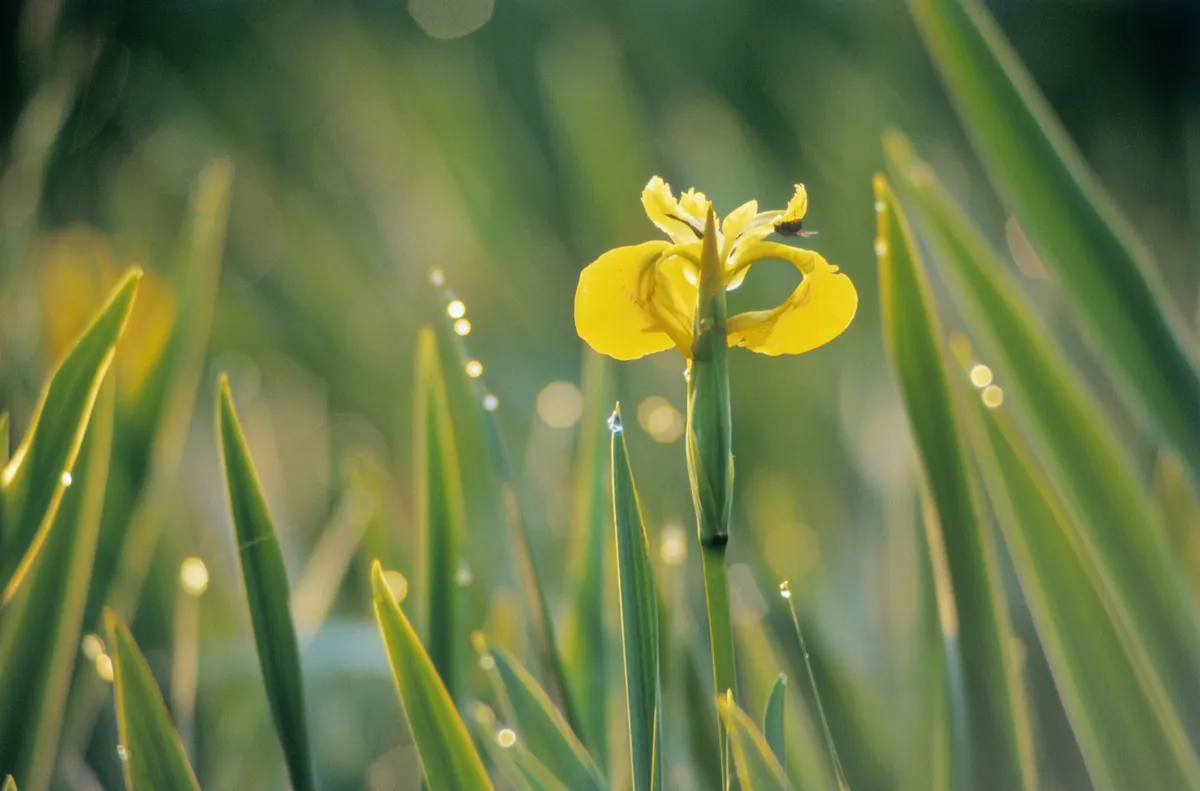
Bringing a touch of boggy splendour to your garden is easier than you might think. Late summer to early autumn is the best time to begin, as your bog will be able to establish itself before winter, and the plants will have the best possible start in spring.
A bog garden works equally well adjacent to a pond or on its own. Naturally damp clay soils are ideal, but you can create wet habitat in free-draining soil if you use a liner and introduce topsoil. You can even make a mini-bog in a container – half a barrel lined with plastic is all you need to bring a slice of this extraordinary and lively habitat into your back yard. Find out more at www.plantlife.org.uk
If you'd rather build a pond, take a look at this how-to guide instead:
Photo © Steven Wooster/Getty
How to create a bog garden
1
Plan your bog garden
Mark the outline using a rope or hose on sunny, level ground away from overhanging trees. “As with any wetland site you need as much sun as possible – at least six hours a day,” says Trevor.
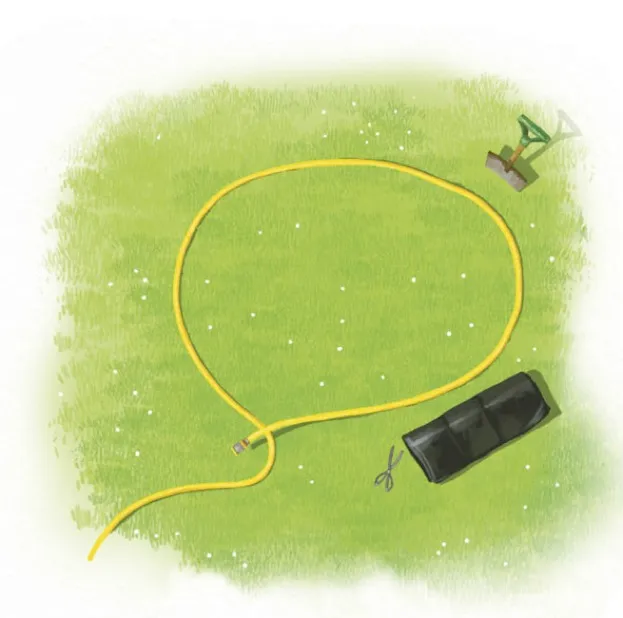
2
Dig a big hole
Dig a hole 50–100cm deep, placing the soil to one side. Line the hole with a butyl liner and pierce with a fork for drainage (remember, you are not making a pool but an area of wet soil).
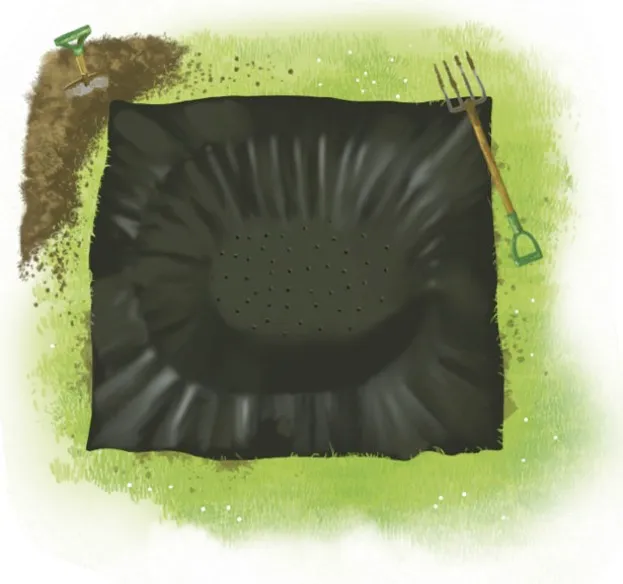
3
Add a bog substrate
You can add a 3cm-layer of grit or gravel over the liner to help prevent the soil from blocking the drainage holes, but it’s not essential. The water will eventually find its way through.
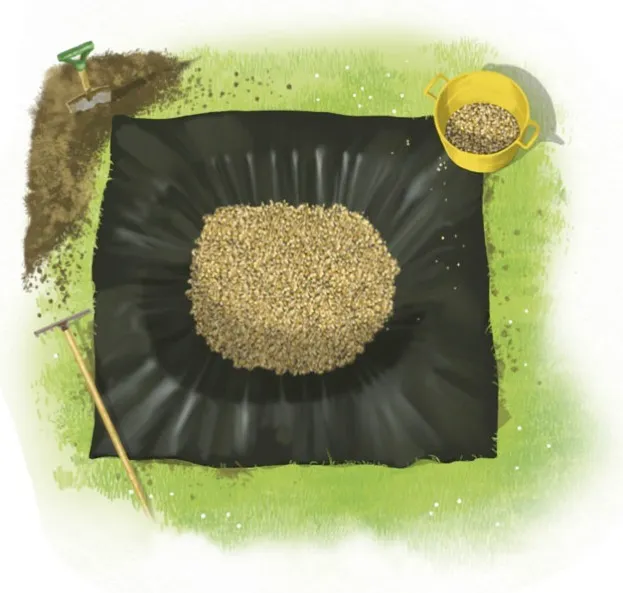
4
Backfill the hole
Fill the hole and trim back the liner. Mix in just a small amount of old compost – too many nutrients will result in too much leaf, making your bog garden hard to control.
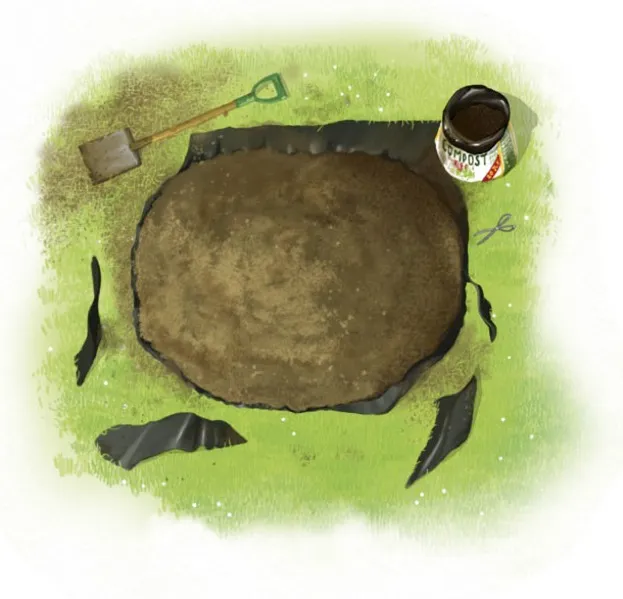
5
Add some bog plants
Plant up with nectar-rich, moisture-loving plants and water thoroughly while they get established, then leave the area to become naturally waterlogged over winter.
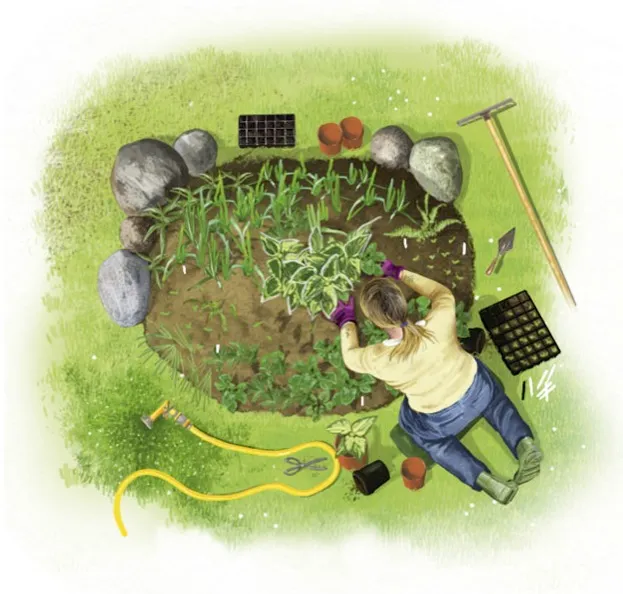
6 top tips for making a bog garden
- Plant a combination of the short (eg water avens, creeping jenny) for ground cover and the tall (eg flag iris) for perches. Do mix it all up a bit, though – there are no rules.
- Avoid pendulous sedge for height – it can get very aggressive (use flag iris, purple loosestrife and meadowsweet instead), and gunnera – it can get very big.
- Think about the flowering year. Marsh marigold blooms in spring, for example; yellow flag iris in summer and hemp agrimony in early autumn.
- Water your bog in drought (but respect hosepipe bans). It’s worth burying a leaky hose around the edge and connecting to your main hose.
- Bog species can be vigorous, requiring annual maintenance. Include a few flat stones to step on while snipping – this will prevent the soil from compacting.
- Allow your bog plants as much space as you can. “These are large plants with big roots and they need plenty of water,” says Trevor. “You want to create a reservoir of moisture low down in the soil and avoid having to top it up – if the area is too small it will dry out quickly.”

